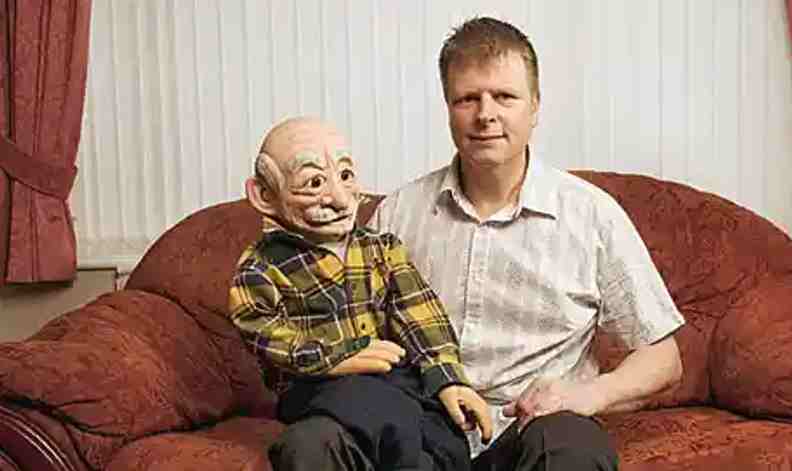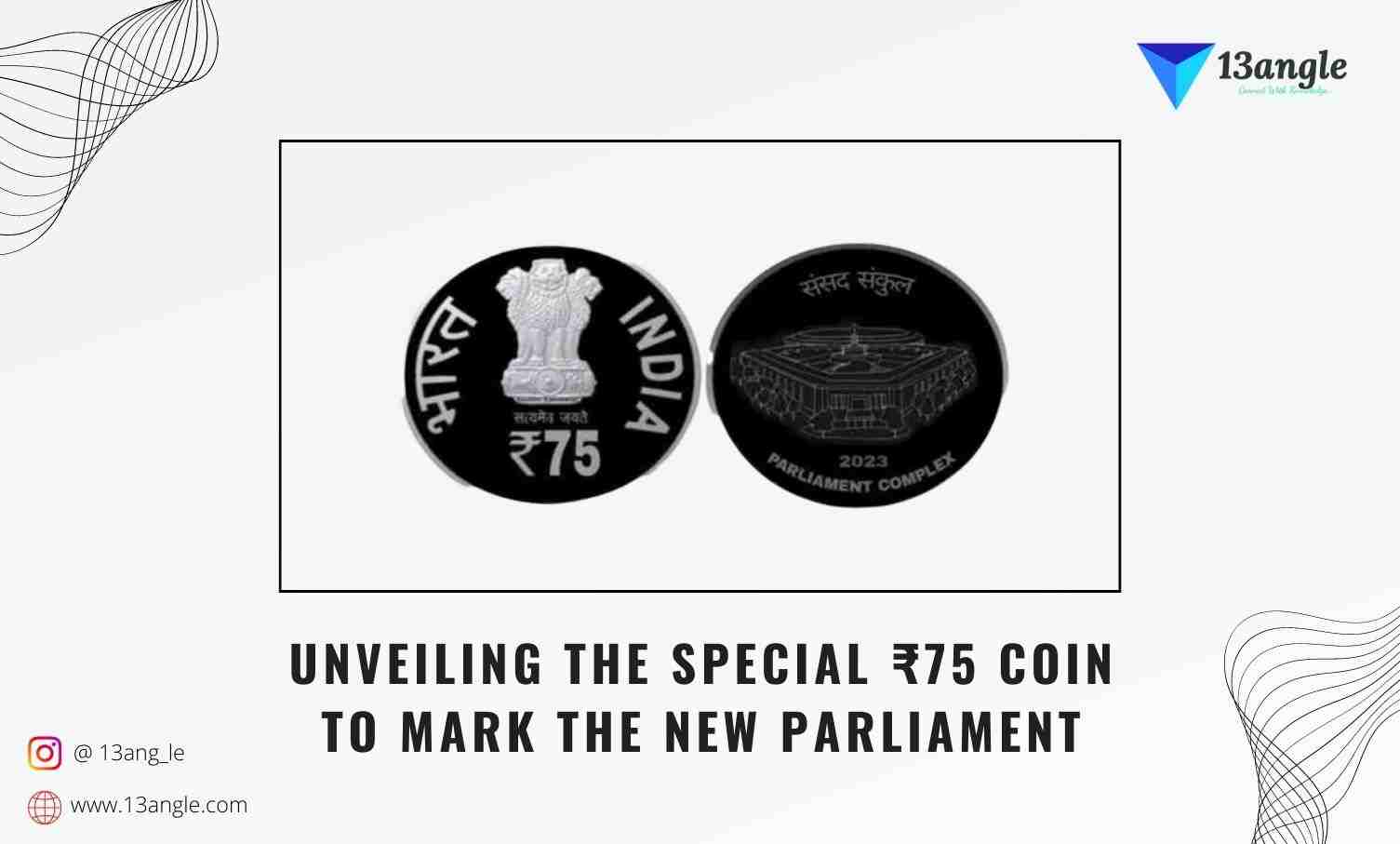
Introduction
- Do you ever wonder why the swimming pool water feels extremely cold at first but soothing just moments later? Why do some smells trigger certain memories? Why the moon looks like it’s moving with us when we travel? If you have, then you might be aware that the answers to all these questions lie in us making sense of the world. But this business is quite complicated. It comes under one of the oldest fields of study in psychology. Centuries of research have concluded that we employ several complex processes to sense and interpret information from our external environment. Psychologists have therefore regarded the process of connecting with the outside world and understanding the various incoming sensations, as perception.
Definition And Meaning
- Perception refers to the process through which an individual takes in all the incoming sensations from the environment and interprets them in a meaningful fashion. It takes in the neural codes converted by our sensory receptors and helps us enrich our conscious experience. Perception selects, organizes, and interprets sensory inputs to make sense of our surroundings.
Perception and attention: It’s quite evident that an individual can capture only a small portion of the available stimuli at once. This leads to other aspects being neglected and thus a shift in attention to take note of the majority of the surrounding stimuli. Consequently, we engage in a process called selective attention. It involves two aspects; focusing on certain stimuli and filtering out other information. This leads us to believe that perception is selective.
Perceptual schema: It refers to a mental representation or image that contains the essential and distinguishing characteristics of a person, object, event, or another perceptual phenomenon. It helps in arriving at the best interpretation of the given stimuli. They also establish mental templates that allow us to identify and classify sensory data.
Change is a requirement: For perception to take place, there needs to exist a change or difference in the external world. This is because a uniform routine does not trigger the required response in the environment to call for perception.
Affective component: perception stimulates in us an emotional state to the perceived stimulus-response. For example, we perceive a walking figure as our friend and feel happy & excited.
Sensation
- For us to perceive the world around us, we first need to provide information to the brain, where it can be used to determine actions and responses. This is done through the process of transduction, in which the sensory receptors present in our body convert the raw energy into neural impulses which are then transmitted to the brain by the sensory nerves. Thus, the sensation is a key concept that occurs when specialized cells in our body, provide input about the physical world. It is primarily concerned with the initial contact between an individual and their external environment.
1. Sensory Threshold:-
- As we have established earlier, we can only pay attention to a small portion of the existing stimuli at once. The sensory threshold, helps us identify the different degrees of physical stimulation required to experience sensation.
Absolute Threshold: it refers to the smallest magnitude of stimulus that an individual can detect perfectly, 50 percent of the time. This is because our sensitivity to stimuli changes from moment to moment i.e., a stimulus we detect presently might not be detected later on.
Difference Threshold: it refers to the required change in stimulus for it to be detected successfully. So, we can say that our ability to detect differences in stimulus intensity depends on the magnitude of the initial stimulus. we can easily detect even small changes in weak stimuli, but require much larger changes before we notice differences in strong stimuli.
Stimuli Blow Threshold: it refers to a stimulus having an intensity below the threshold, required for it to be detected. It is also known as subliminal perception in which a stimulus is perceived even with considerably low intensity due to presumed masking in the incoming information.
2. Sensory Adaption And Habituation:-
Sensory adaption refers to the process by which constant, unchanging information from the sensory receptors is effectively ignored. For example, when we enter a smelly room, the pungent smell is overpowering but after a while, it becomes unnoticeable, unless you go out and come in again.
Habituation refers to the process by which the brain deals with unchanging information from the environment. For example, we get habituated to the sound of the fan or air conditioners.
The major difference between habituation and sensory adaption is that in the former the sensory receptors are still responding to the stimulus but the brain is not. Whereas in the latter, sensory receptors themselves become less responsive to the unchanging stimulus.
3. Sensory Processing:-
- Sensory processing refers to the effective recording of sensory input from the environment. There are 5 major sensory systems, which need to work together for effective processing. These are:
Vision: It’s the ability to comprehend and interpret what’s in front of us. In addition to receiving information about light and dark contrasts, colours, and movements, the eyes are also used to detect shadows and silhouettes. The retina is activated by light waves when it detects visual input from its surroundings.
Audition: It’s the ability to interpret what is heard. In order for the auditory system to receive sound information, it uses the outer ear and middle ear. the ear detects volume, pitch, and rhythm. It helps refine sounds into meaningful syllables and words.
Gustation: The ability to interpret taste information from the mouth. Through the tongue, the taste receptor receives taste sensations and detects the chemical makeup of the taste to determine if it is safe.
Olfaction: It’s the capacity to detect and evaluate odours. It employs the nose to gather data on the chemical makeup of airborne particles in order to assess if the odour is harmless or toxic.
Tactile Sense: It refers to the capacity to comprehend information from the skin as it enters the body. It receives touch sensations such as pressure, vibration, movement, warmth, and pain through receptors in the skin. It’s the first sense to develop (in the womb), hence it’s crucial for general brain organisation.
Perceptual Constancies
Size Constancy: The propensity to see an item as being the same size no matter how far away it is from the viewer.
Shape Constancy: the proclivity to interpret an object’s form as constant, even though it changes on the retina.
Brightness Constancy: the propensity to view an object’s visual brightness as constant even when lighting circumstances vary.
Gestalt Principles Of Psychology
Gestalt Psychologists studied several elements of perceptual organization in the early 1900s. It’s the method through which we organize the information received from our sensory receptors. Gestalt thought that humans had a natural desire to impose order and organization on the physical environment and to see patterns as wholes rather than discrete entities. The following are some of the gestalt principles:
Figure-Ground Relationships: The propensity to see objects or figures as existing on a backdrop is referred to as figure-ground connections. People have an intrinsic need to isolate figures from their surroundings. The image below depicts a reversible figure in which the figure and the ground appear to alternate.

Grouping: The Gestalt also drew attention to a set of rules known as the laws of grouping, which describe the fundamental ways in which humans see objects being grouped together. We appear to have a significant tendency to organize inputs in specific ways. Several of these grouping laws are depicted here.:
Proximity: Another fundamental law of perception is that items that are nearby to one another are perceived as belonging to the same grouping, a concept known as proximity, or “nearness.”

Similarity: The propensity to regard entities that seem the same as belonging to the same group is known as a similarity. When members of a sports team wear uniforms that are of the same color, spectators may see them as a single unit even if they are dispersed over the field or court.

Closure: The tendency to finish incomplete figures is known as closure. With just a few well-placed strokes of the pen or brush, a skilled artist may create the illusion of a whole face, leaving the viewers to fill in the details.

Continuity: The concept of continuity refers to the propensity to view things in a continuous pattern rather than a complicated, broken-up one.

Contiguity: The tendency to interpret two events that occur near together in time as being linked is known as contiguity. Typically, the first occurrence is seen to be the catalyst for the second. Ventriloquists create vocalizations without moving their own mouths, instead of moving the mouth of their dummy. The tendency to imagine that the dummy is speaking is mostly related to contiguity.

Common Region: The tendency in a common region is to regard things in a common area or territory as belonging to a group.

Types Of Perceptual Processes
- We must be able to make precise differences between distances and the movement of things within the environment in order to adapt to a spatial reality. Humans are capable of making such extremely precise decisions. Depth perception and motion perception are the terms for these abilities.
1. Depth Perception:-
- Depth perception is the capacity to view the world in three dimensions. It’s a useful skill since you wouldn’t be able to judge how far away items are if you didn’t have them. There are several indicators for sensing depth in the world. Some are a consequence of the slightly different visual patterns that exist when the visual fields of both eyes are utilized (monocular cues), and others are caused by the somewhat altered visual patterns that occur when both eyes’ visual fields are utilized (binocular cues).
2. Monocular Cues (Pictorial Cues):-
Linear Perspective: Linear perspective is the propensity for lines that are genuinely parallel to appear to converge on each other. When viewing a lengthy interstate highway, for example, the two sides of the roadway appear to merge in the distance.
Relative Size: When objects that people anticipate to be a given size look small and, as a result, are considered to be considerably further away. In movies, for example, this approach is employed to make little models appear enormous from afar.
Overlap: People think that if one thing appears to be obstructing another, the obstructed object is behind the first and hence further distant. Interposition is another name for this cue.
Aerial Perspective: Due to microscopic particles of dust, dirt, and other impurities in the air, the farther away an item is, the hazier it seems. For example, faraway mountains frequently appear hazy, and buildings in the distance appear blurrier than those in close proximity.
Texture Gradient: The texture of items close to us is quite clear, but as we stare further away into the distance, the texture grows smaller and finer. Another technique employed by artists to create the appearance of depth in a painting is texture gradient.
Motion Parallax: When you’re next in a car, pay attention to how items close to the car window appear to move extremely quickly, while those farther away, such as mountains, appear to move more slowly. Motion parallax is the difference in motion between near and distant objects.
Accommodation: The human eye’s lens is flexible, and it is maintained in place by a sequence of muscles. As a result, visual accommodation is defined as the lens’ inclination to shift shape or thickness in reaction to things that are close or far away. This information concerning accommodation can be used by the brain as a distance cue. A “muscular cue” is another term for accommodation.
Relative Height: When we stare at an item that is far away, we may use the relative height to calculate the distance from the retinal picture.
3. Binocular Cues:-
Convergence: The rotation of the two eyes in their sockets to focus on a single object is referred to as focusing. The convergence is rather high if the object is close. But, is substantially smaller if the object is far away.
Binocular Disparity: Each eye perceives a picture that is somewhat different. The item must be rather close if the two photos are that dissimilar. If they’re almost similar, the item is far enough away for the retinal difference to be negligible.
Illusions: False Perceptions
A vision that does not correlate to reality is called an illusion: people believe they see something while the truth is totally different. Illusions may also be thought of as visual stimuli that “deceive” the eye. These erroneous impressions are not only fascinating and occasionally enjoyable visual experiences, but they also reveal essential information about how our perceptual systems function in normal circumstances.
The following are some of the most well-known examples of illusions:
The Hermann Grid: This illusion was given by Ludimar Hermann, in 1870. The illusion is caused by retinal cells adjusting an image’s brightness by adjusting the intensity of the light signal in many small sections, allowing you to see a wide range of both bright and dark details in the same image–unlike a computer monitor or TV screen, which has a single brightness setting for the entire image. The high contrast black and white sections mislead the eyes into detecting a grey circle at each junction, despite the fact that the grid is made up entirely of black blocks and white voids.

- Muller-Lyer Illusion: The Muller-Lyer illusion is a well-known optical illusion in which two parallel lines appear to be of different lengths. In 1889, a German psychologist called Franz Carl Muller-Lyer invented the illusion. The line with the arrow fins extending outward (the middle line) looks to most people to be the longest, whereas the line with the arrow fins pointing inwards appears to be the shortest. While our eyes may tell us that the center line is the longest, the shafts of both lines, as depicted in the bottom part of the figure, are precisely the same length.

- The Moon Illusion: When the moon first comes over the horizon, it appears enormous, but when we gaze up into the night sky hours later, it appears much smaller. The moon illusion is the name given to this phenomenon. One possibility is that the moon, which is high in the sky, is alone, with no depth cues around it. However, the moon appears behind trees and homes on the horizon, providing depth cues that make the horizon look extremely far away. The moon seems to be behind these things, and hence further distant from the observer. People “magnify” the moon in their thoughts because they know that objects that are farther away from them but still look enormous are extremely large indeed. This is a misapplication of the concept of size constancy. The perceived distance hypothesis is a theory that explains the moon’s illusion.

- The illusion of Motion: When individuals perceive an item to be moving when it is truly still, this is known as the illusion of motion. The autokinetic effect, which is a well-known experiment in compliance, is one example of this. Because there are no surrounding clues to suggest that the light is not moving, a tiny, stationary light in a black area seems to move or drift.

- Dr. Akiyoshi Kitaoka created various motion-illusion visuals, including the “Rotating Snakes” illusion. There have been a variety of hypotheses for this sort of motion illusion, ranging from aspects that depend on the brightness and/or color arrangement of the image to perhaps tiny changes in the time it takes the brain to absorb this information. Researchers detected an increase in brain activity in a visual region sensitive to motion when they utilized fMRI and equipment to measure eye movements to evaluate participants’ experience of the illusion. However, when accompanied by directed eye movements, this activity was at its peak, indicating that eye movements play a substantial part in the perception of the illusion.
Factors Affecting Perception
perceptual set: Perceptual set or perceptual expectancy refers to people’s predisposition to view things in a specific manner as a result of their prior experiences or expectations. To put it another way, how people interpret what they see can have an impact on their perception. People can use the information they already have, such as perceptual expectancy, to try to understand what they see. However, if there is no existing information that relates to the new information, they can examine each feature of what they perceive and attempt to put it all together into a single whole.
Top-down processing: Top-down processing is the use of prior knowledge to arrange separate aspects into a coherent whole. This is a type of perceptual expectation as well. Making a jigsaw puzzle, for example, after knowing how the finished product would appear.
bottom-up processing: Bottom-up processing is the process of analyzing little details and building up to a full impression. There is no expectation to assist in the organization of perception in this scenario, making bottom-up processing more challenging in certain ways. For example, making a jigsaw puzzle while being ignorant of what the whole picture will look like.
Top 13 Interesting Facts About Perception
Perception helps us make sense of our surroundings by giving meaning to what we are surrounded by.
Perception has been studied since the time of the ancient Greek philosophers, who were concerned with how humans learn and interpret the world.
Perception gathers sensory information using our five senses (sight, hearing, smell, taste, and touch).
The sensation is the activation of receptors located in the eyes, ears, skin, nasal cavities, and tongue.
Using the process of selective attention, the brain operates as a filtering device. Because people are continually flooded with neural data from their environment, the brain’s job is to sort out the important information and protect us from feeling overwhelmed.
Perceptions range from person to person, and as a result, the meanings people ascribe to what they experience differ as well. Perception is, in essence, as unique as our individual personalities.
Our perceptions are influenced by our memories and vice versa.
The perceptual process concludes with some kind of activity in response to external stimulation. This might include behaviors like tilting your head to get a better view or turning away to look at something else.
Cognitive psychologists have also attempted to find out how motives and expectations affect the perceptual process.
Gestalt psychologists felt that, despite the fact that our sensory input is acquired in “bits and pieces,” our brain has the astonishing capacity to blend it and see it as a coherent entity.
False perceptions are known as illusions which refer to errors in interpreting sensory information.
Our perceptions of the world around us are influenced by both nature and nurture. Nurture relates to the relative impacts of the environment and learning, whereas nature refers to genetic effects on perception.
Perceptual constancies are concepts that describe our ability to perceive unchanging characteristics of the environment despite changes in the information reaching our sensory receptors.






